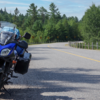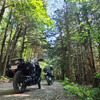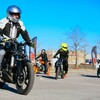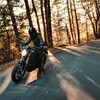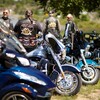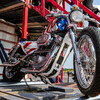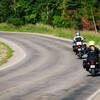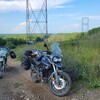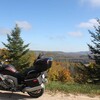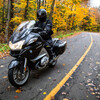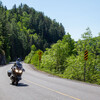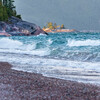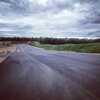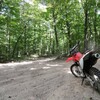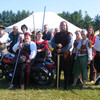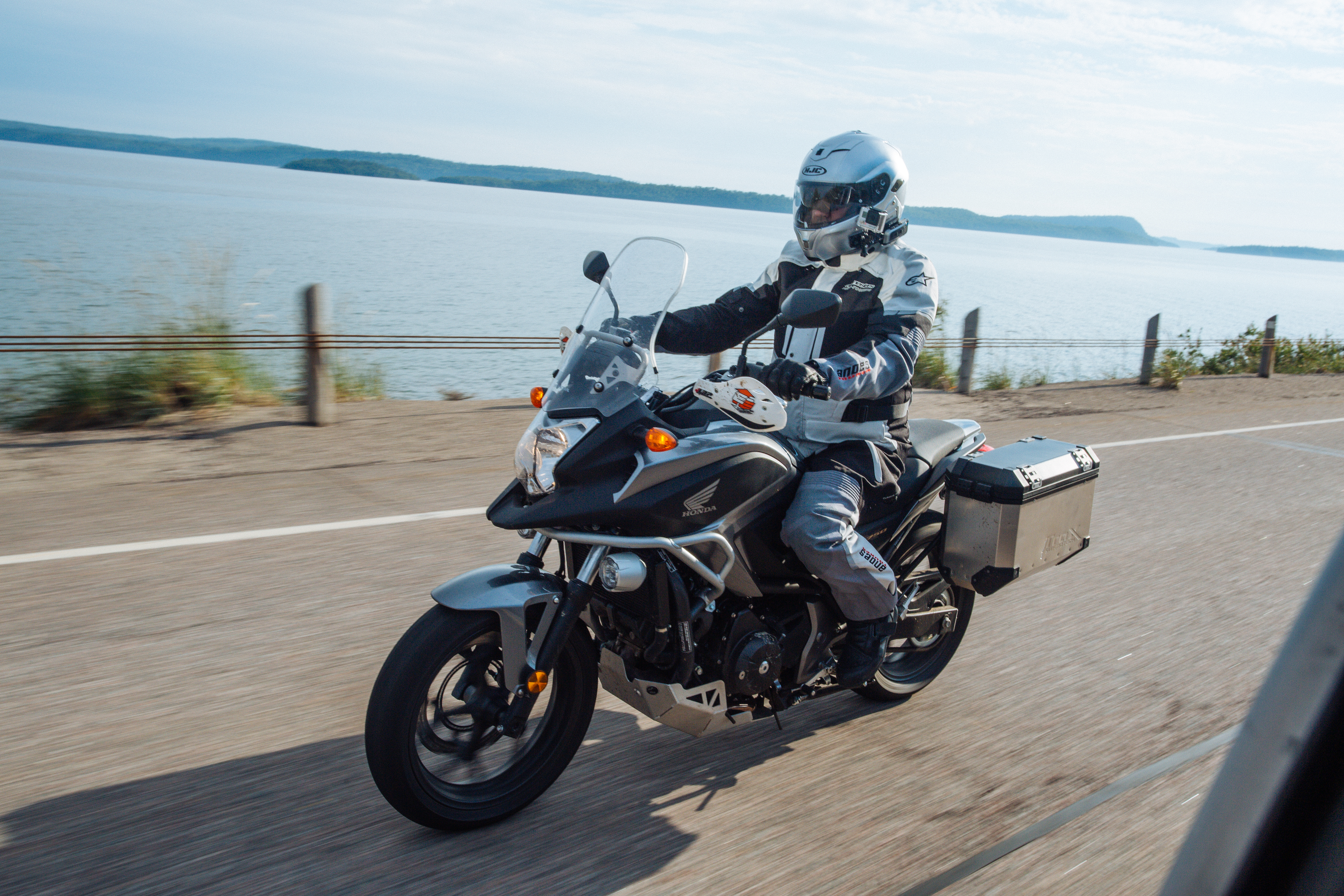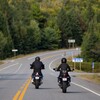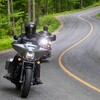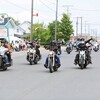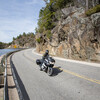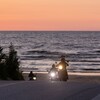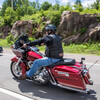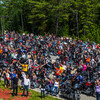
Ontario Roads Calling
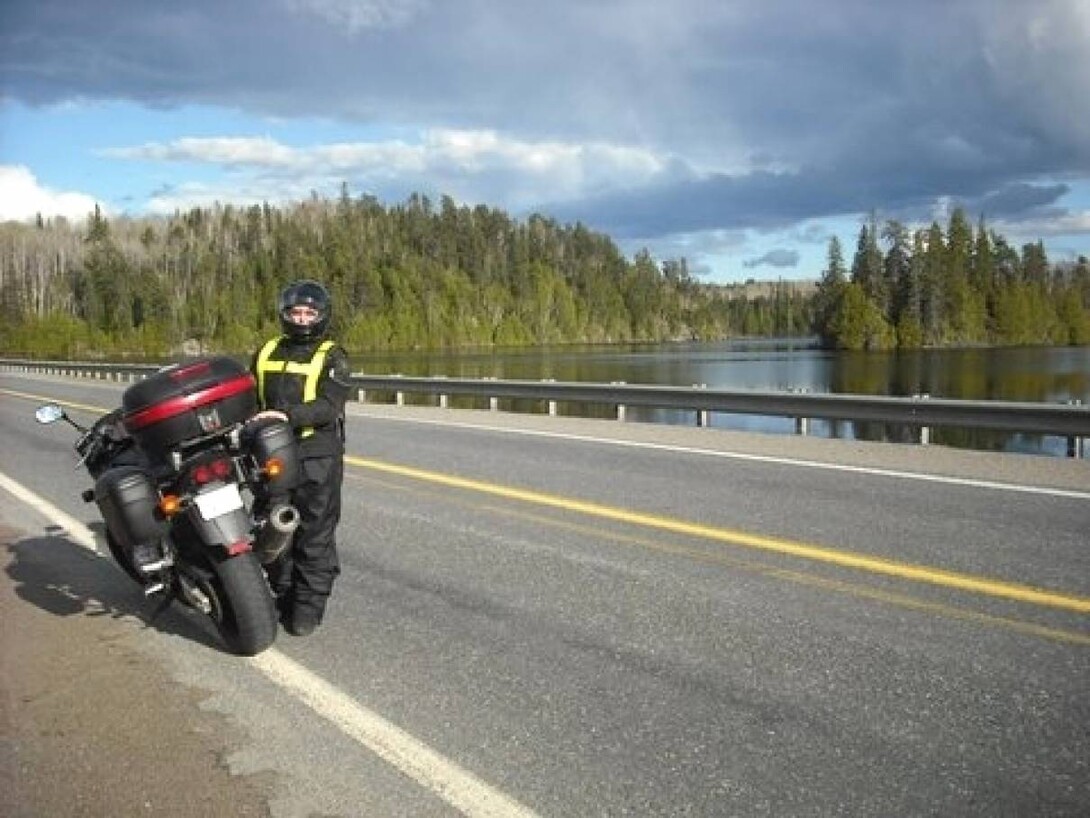
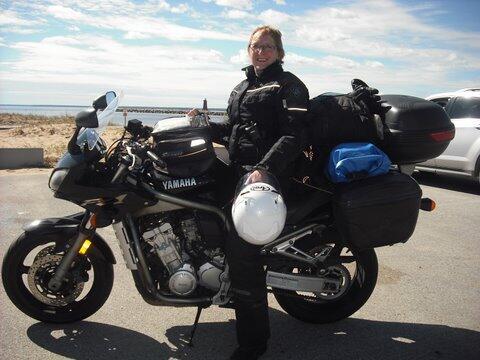
Riders are always looking for to create more opportunities to get out and enjoy Ontario's scenic back roads and natural beauty. There's no escaping winter but heated gear does allow us to extend the riding season by weeks, maybe even months. Knowing how to select and wear it can keep you riding later into autumn and give you a head start in the spring.
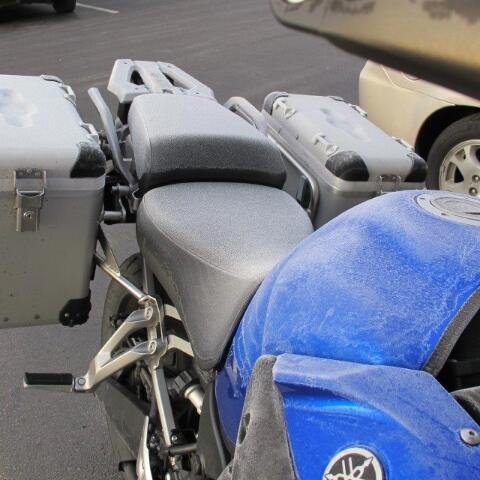
Adam Bonislawski, Vice President - Business Development for Powerlet - Powersport Electric Group, observes that a heated jacket liner and gloves are sufficient for most people. He suggests that you assess these features when choosing the apparel that's right for you and your riding style.
Features
1. Heat output
This can range from a low of 17-35 watts to 80-105 watts on more effective, higher quality garments. Check the placement and size of the heating panels, as it's not the entire garment that's heated. Manufacturers publish this information so use it to make your best purchasing decision.
2. Excess electrical capacity
This refers to how much capacity your bike has after normal operating conditions. Powerlet has a handy chart to determine what your motorcycle can handle, given the electrical accessories you're running. Make sure there’s enough to power your gear.
3. Technology
Until recently, direct conductive heat has been delivered via fine wires sewn into panels. Newer carbon-based heating, heats below the surface of your skin, so garments don't need to be worn as snugly and are less bulky.
4. Wind and water-resistant shell
Wind chill and rain magnify the effects of cold. Even though heated gear is worn under an external garment, these added benefits mean the jacket liner doesn’t have to work as hard to keep you warm.
5. Design
Look for maximum comfort, coverage and flexibility. Stretch panels allow for heat exchange and ventilation. A fleece lined collar that extends over your chin heats the main arteries coming from your core and blocks air infiltration. Elastic at wrists and waist is cumbersome and tends to make the whole jacket ride up.
6. Controller
Since extremities are more exposed, they may require a higher heat setting than your jacket liner, so it's important to control gloves independently from your jacket liner.
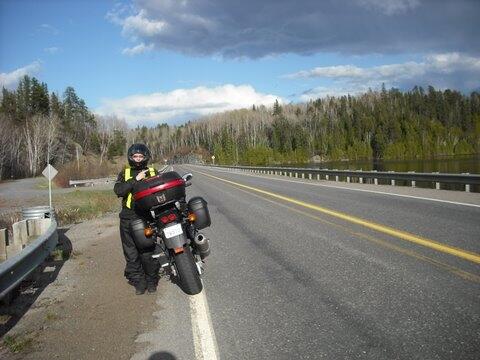
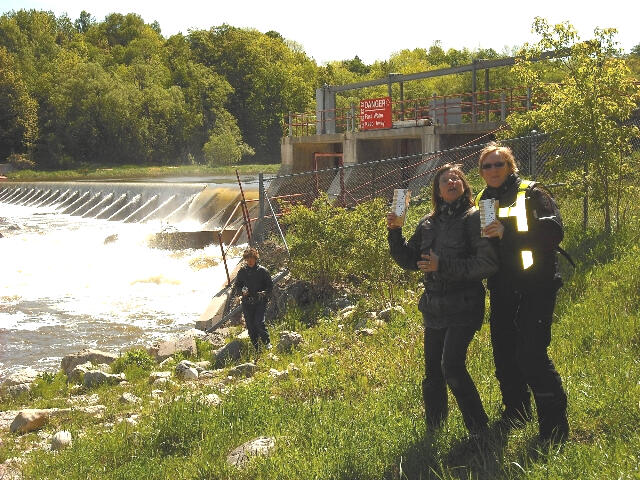
How to Wear Heated Gear
Get the most out of your heated gear by following these simple tips.
1. Treat a jacket liner as a mid-layer. It should fit snugly, be worn over a T-shirt and under a good external insulated riding jacket.
2. Layer on top of the mid-layer, to trap more heat in extremely cold weather.
3. Start with your heat set on low. After a few minutes, gradually turn up the temperature. This lets your body acclimatize to the heated gear, without sweating or overheating.
As effective as heated gear is, it only goes so far. Stay warm longer by starting out and staying rested and hydrated. Take more frequent breaks where you can get into a warm environment and remove your layers. Allow your gear to vent, your body to breath, your internal humidity to be released and your body to reacclimatize itself. If you start feeling tired, stiff, and cold, it’s time to get off the road.
Early spring and late fall are beautiful times to enjoy Ontario. You'll have fewer people to share the road with, the tourist attractions are quieter and there are often great deals on accommodations. Consider heated gear to extend your riding enjoyment in safety and comfort.
Recommended Articles

Bucket List Motorcycling in Ontario, Canada 2025

Ontario's Best Twisties: Five Roads to Get Your Lean On

The Big Belly Tour—A Complete List of Ontario's BBQ Joints

It's Bike Night in Ontario 2024

Ontario's Top Twisties
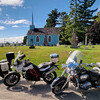
Have You Ridden Canada's OG Highway? Here's Why Every Rider Needs to Hit Up Historic Highway 2
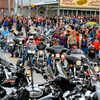
23 Amazing Photos That Prove PD13 Is Still The Best Motorcycle Event Ever
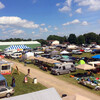
Motorcycle Swap Meets in Ontario—The Complete List for 2025

And a Vespa shall lead them all...
